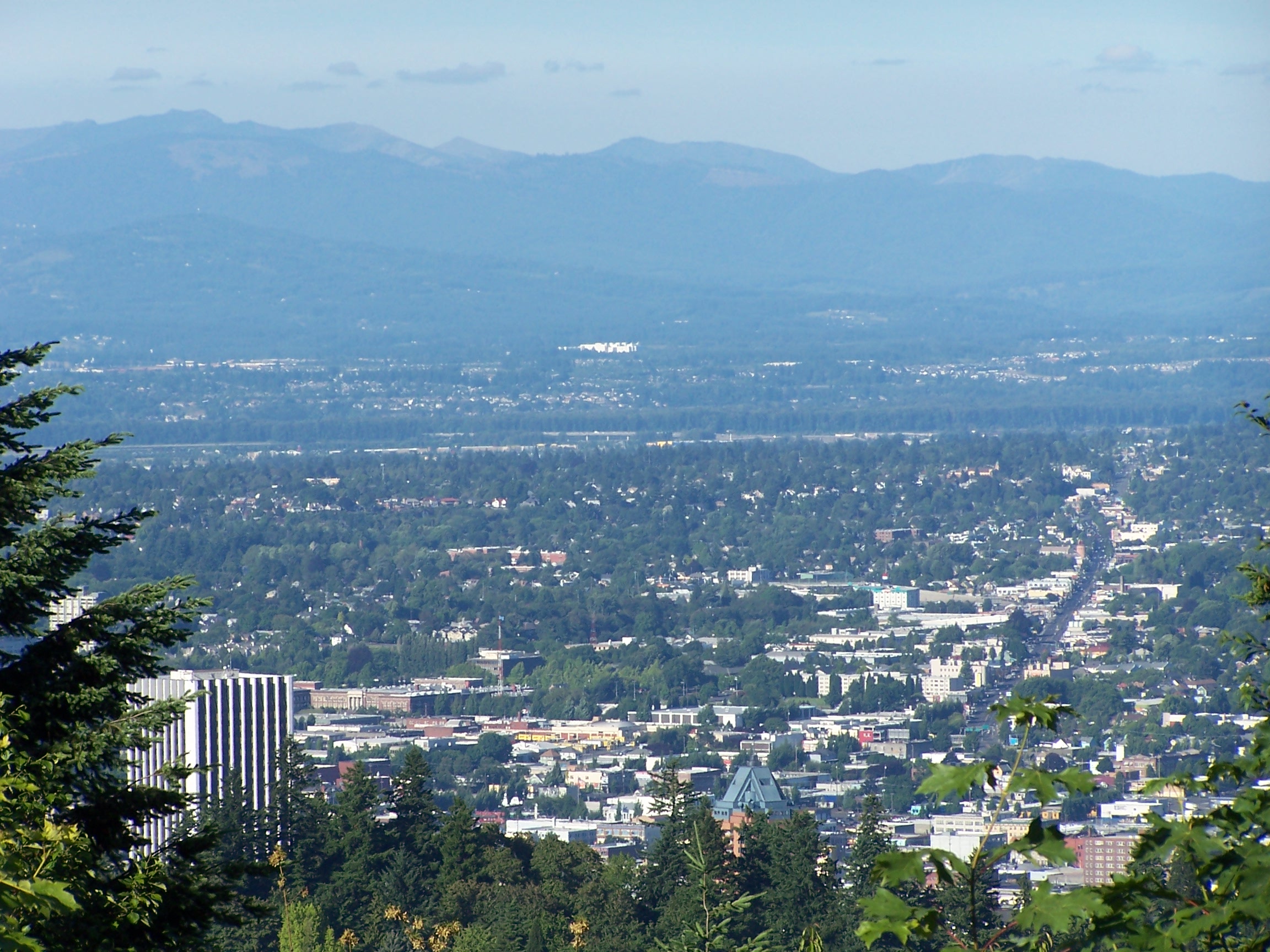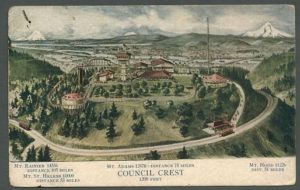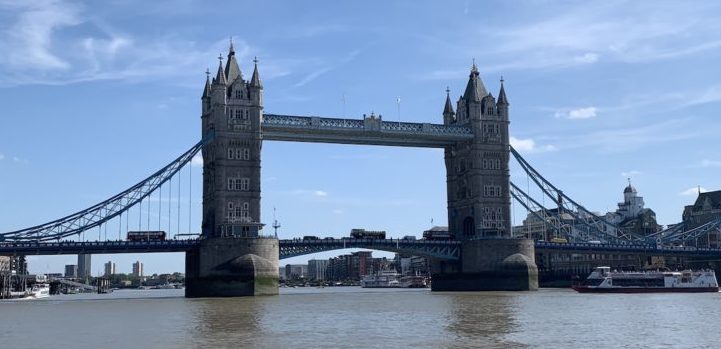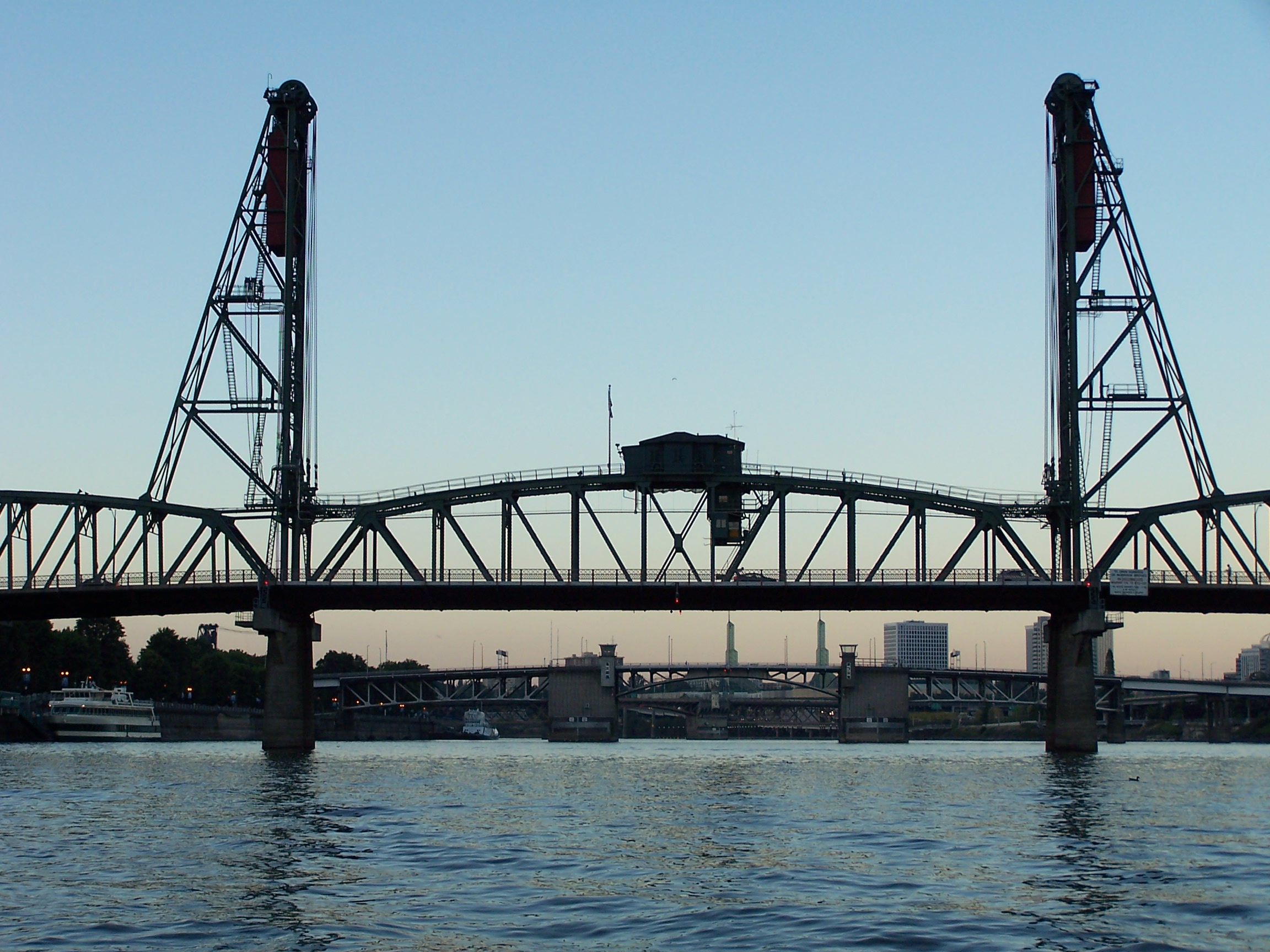As I said in my original post, “Five of Portland’s Greatest Mistakes“, I love this city and I think we make more correct decisions than bad ones. Still, mistakes are made that many of us wish could be undone; here are five more.
1. Destroying the original streetcar system
In the early 20th century, Portland had a streetcar system that rivaled any in the country. Many historic neighborhoods with town centers came into existence thanks to the streetcar’s easy access to downtown and other areas. But as the automobile gained prominence mid-century, buses looked like a more flexible option for mass transit. The real death blow, though, was dealt by GM, who systematically campaigned to destroy streetcar systems across the country, in favor of gasoline-powered buses (built by GM, naturally). Only in the last two decades have we begun rebuilding the system, in recognition that a fossil-fuel powered transit system is not ultimately sustainable. Destroying the original system may not only be one of Portland’s greatest mistakes, but one of America’s biggest blunders.
2. Closing and Dismantling the Council Crest Amusement Park
This follows closely along with the above item, since the streetcar system was responsible for the success of the amusement park on Council Crest. As that system declined, so did attendance at the park. Maybe it isn’t a tragedy, but the idea of another historic amusement park perched above the city sounds like a pretty cool thing. It would be an excellent companion to the one existing streetcar amusement park, historic Oaks Park, with its location on the river in Oaks Bottom.
3. Inviting Robert Moses to town
In post-World War II America, no figure was more influential than Robert Moses in the field of urban planning. It was likely considered a great coup to get Moses to help plan the future of Portland’s transportation system. Unfortunately, history has shown Moses and his freeway-centered philosophies to be detrimental to almost every city he worked with. The Portland freeway revolts were basically a rejection of Moses plan, one that would have torn apart SE neighborhoods that are now some of the most desired places to live in Portland. Still, his legacy includes the Eastside Freeway (I-5), which disconnected the entire east side from the river, and the Stadium Freeway (I-405), which destroyed 26 blocks of historic downtown real estate.
4. Polluting the Willamette with sewage overflow
Thankfully, this is one that has at least been corrected by The Big Pipe project, but at a huge cost. So I think it is still fair to say the original system, which directed raw sewage and storm water directly into the Willamette during overflow periods (which were quite frequent), was a colossal mistake. While the Willamette has plenty of pollution issues, this decision seemed to take the longest and costliest route to getting fixed.
5. Destruction of historic cast-iron buildings
It is always a shame when historic buildings are demolished, but a balance has to be made between progress and preservation. In the case of Portland’s collection of cast-iron buildings, the decision was tilted far too much in favor of progress, and a dubious progress at that. Many of buildings met their demise only to be replaced with an asphalt parking lot in the 1940s and 50s. Today, Portland still has the second-largest collection of cast-iron buildings in the United States, behind New York’s SoHo district. With some foresight, Portland would have had by far the largest collection of such buildings in the country (possibly in the world), with unbroken rows of ornately decorated storefronts stretching for several blocks on 1st through 4th Avenues.




Here’s another Portland mistake:
Locating the “Portlandia” sculpture in a location where it has become almost insignificant.
This beautiful piece of art should be moved and remounted along the Portland waterfront, visible to many more thousands of people.